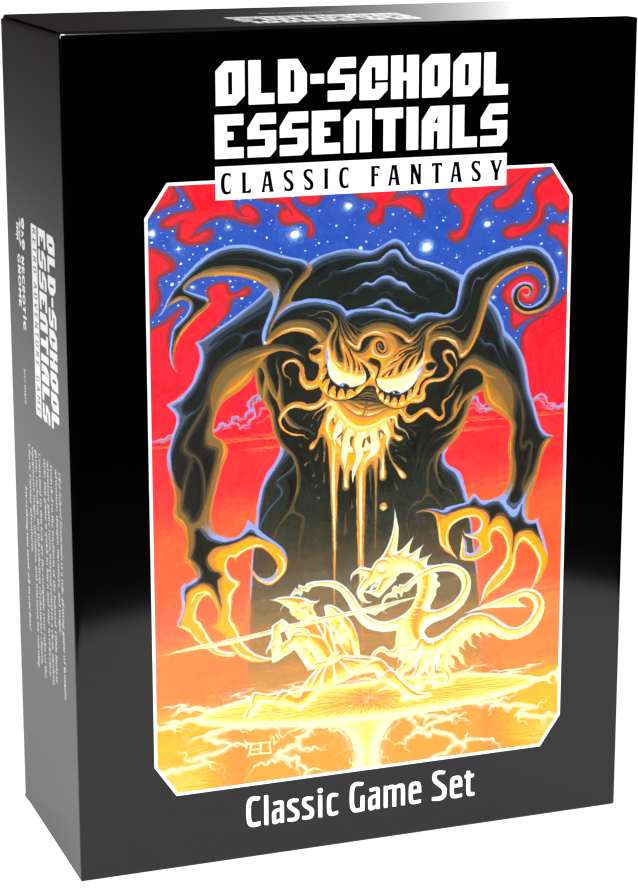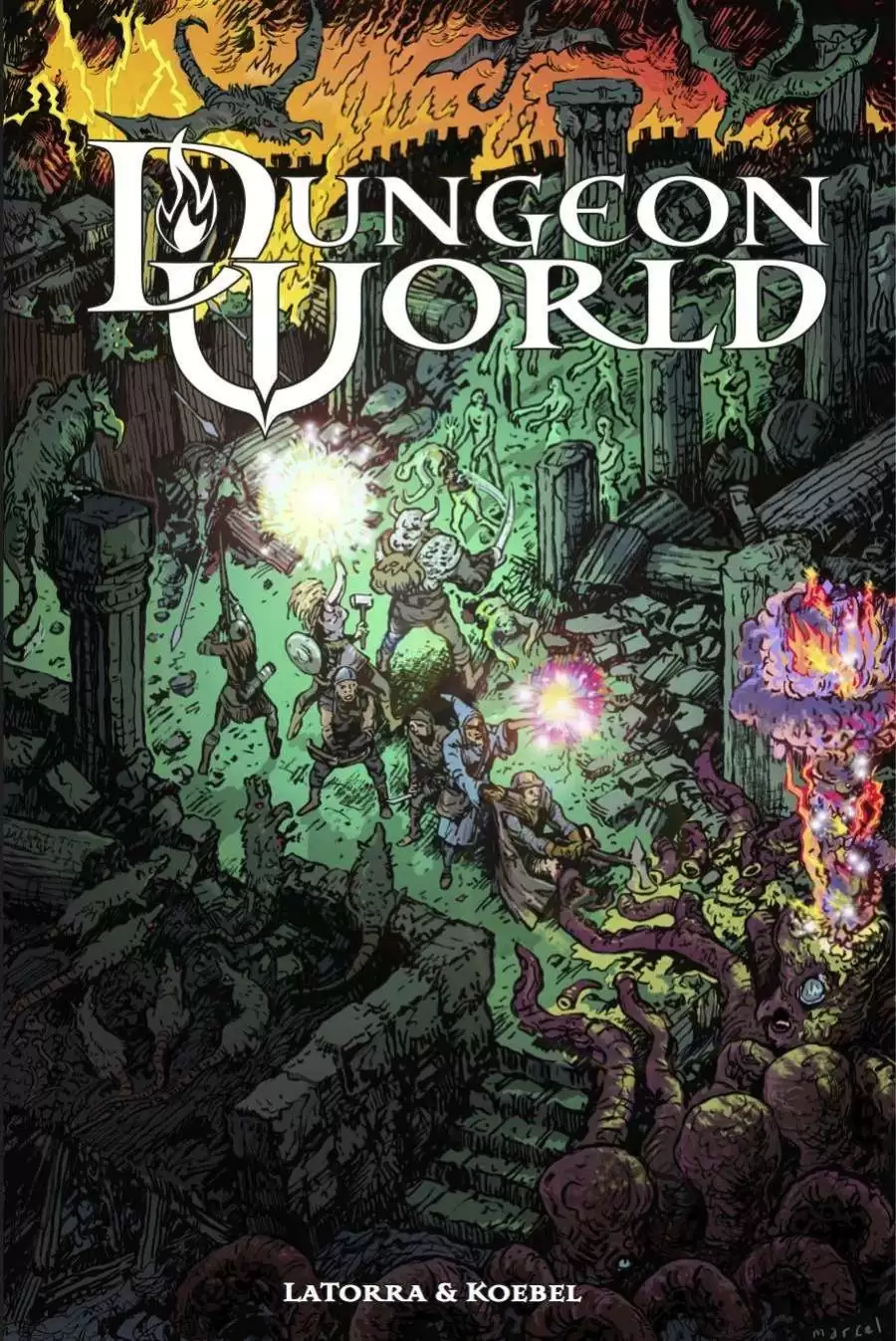Four Against Darkness Fantasy; Dark Fantasy; Exploration-Driven; Quick-Play / One-Shot; Solo Play; Resource Management; Rules Lite
Four Against Darkness (4AD) is a pen-and-paper dungeon crawler, primarily designed for solitaire play. It blends elements of board games and traditional RPGs, offering a unique, rules-light experience centered around exploration, resource management, and tactical combat. Its accessibility, extensive support through numerous expansions, and suitability for quick-play sessions have contributed to its popularity within the solo RPG community. This report delves into its core aspects, target audience, and unique selling points.
Theme and Setting
The game is rooted in classic dark fantasy tropes, with players leading a party of four adventurers into monster-infested dungeons. The dungeons are randomly generated, ensuring a fresh experience each time. While the base game presents a generic fantasy setting, expansions introduce varied environments, from forests and mountains to the underworld, and even alternate settings, such as atomic-age Martian invasions or Mythos investigations. The core experience focuses on the immediate challenges within the dungeon, trading narrative depth for emergent storytelling driven by dice rolls and player choices regarding resource allocation and combat tactics.
Core Mechanics and Rules
4AD utilizes a rules-light system centered around dice rolls, primarily using d6s. Character creation is simple, drawing from familiar archetypes like warriors, clerics, rogues, and wizards. Each character possesses basic stats and abilities. Dungeon layouts and encounters are determined randomly via dice rolls on tables, leading to unpredictable scenarios. Combat is resolved through opposed dice rolls, comparing the attacker's roll plus modifiers against the defender's level. Success results in damage, depleting either minion groups or the life points of boss monsters. Resource management plays a crucial role, as players must carefully allocate limited supplies and spells to survive the dungeon's perils. Saving throws are also level-based, requiring players to roll equal to or higher than the difficulty level on a d6, plus any relevant modifiers.
What Makes It Unique
Several factors contribute to 4AD's distinctive appeal. Its solo-first design distinguishes it from many tabletop RPGs that require a group. The procedural generation of dungeons and encounters ensures high replayability, as no two games are the same. The rules-light system makes it easy to learn and play, even for those new to tabletop gaming. Its accessibility also benefits from being a print-and-play game. The sheer volume of expansions and fan-made content has transformed 4AD into a versatile toolkit, allowing players to customize their experience with new classes, monsters, settings, and scenarios. This extensive support, however, also presents a challenge, as the core rulebook's organization has been criticized and key rules are scattered throughout.
Target Audience and Player Experience
The target audience for 4AD includes solo gamers, fans of dungeon-crawling board games, and those seeking a quick and accessible tabletop RPG experience. Its simplicity and solo focus make it ideal for players who enjoy emergent storytelling and tactical decision-making without the need for extensive narrative or roleplaying. The game provides a satisfying sense of progression as characters gain levels and acquire loot, overcoming increasingly challenging encounters. The physicality of rolling dice, drawing maps, and managing resources can be a soothing and engaging activity. However, players seeking deep narrative or complex character development may find 4AD lacking, as its primary focus is on gameplay and exploration. Be aware that some expansion material might contain adult themes.



